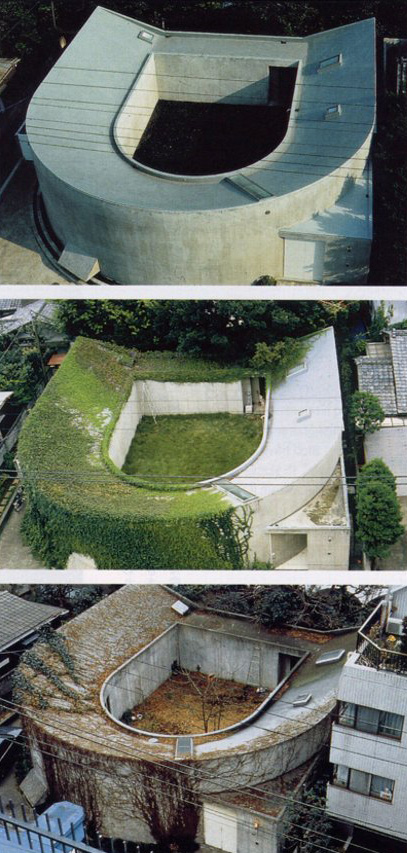Low Stress Ito-Essence Obsolescence
There’s a funny thing about architecture. It is a permanent art, one for the ages. Once something gets built, it is supposed to stay put. At least that’s the idea. If architects designed buildings with that in mind (as opposed to, say, the 25 – 30 year business model of real estate developers) we might have a lot healthier, durable, sustainable communities. We might get buildings that were built to last – that we respect and actually WANT to remain – not the mediocre boxes made with mediocre materials that ask, even beg, for the bulldozer.
Money talks and architects listen. Don’t’ get us wrong, Mapos is a firm believer in reuse and recycling, in all scales and applications. But what happens when you can’t hold back to tide? That’s not the funny part.
The funny part is that, while “architecture” may be permanent, buildings are not. They get old. They change use. They get renovated. They deteriorate. They sometimes go to pasture. The Japanese, among many other cultures, design and build temples based on the understanding that our lives, and our buildings, are temporary. We are part of larger forces at work.
When Toyo Ito’s U-house was being torn down in the early 90’s, the architecture community was up in arms. Ito wasn’t. He designed it that way. It served its purpose, had a good life, it’s owner (Ito’s sister) had moved, and it went its course. Nicolai Ouroussoff reminded me this week of Ito’s house, and his career. Well known in architecture circles, he is little known outside of Japan. With an inspired and accomplished body of work (be sure to check out his Sendai Mediatheque and Tod’s boutique, both in Japan), he has continued to change and evolve throughout his career, just as his buildings have and continue to do. His signature style is the absence of one. Perhaps that is why he has maintained his indie status his entire career – he doesn’t fight for permanence nor for developer inspired transience. He probably doesn’t fight at all. Less stress. Better sleep. Better architecture.
